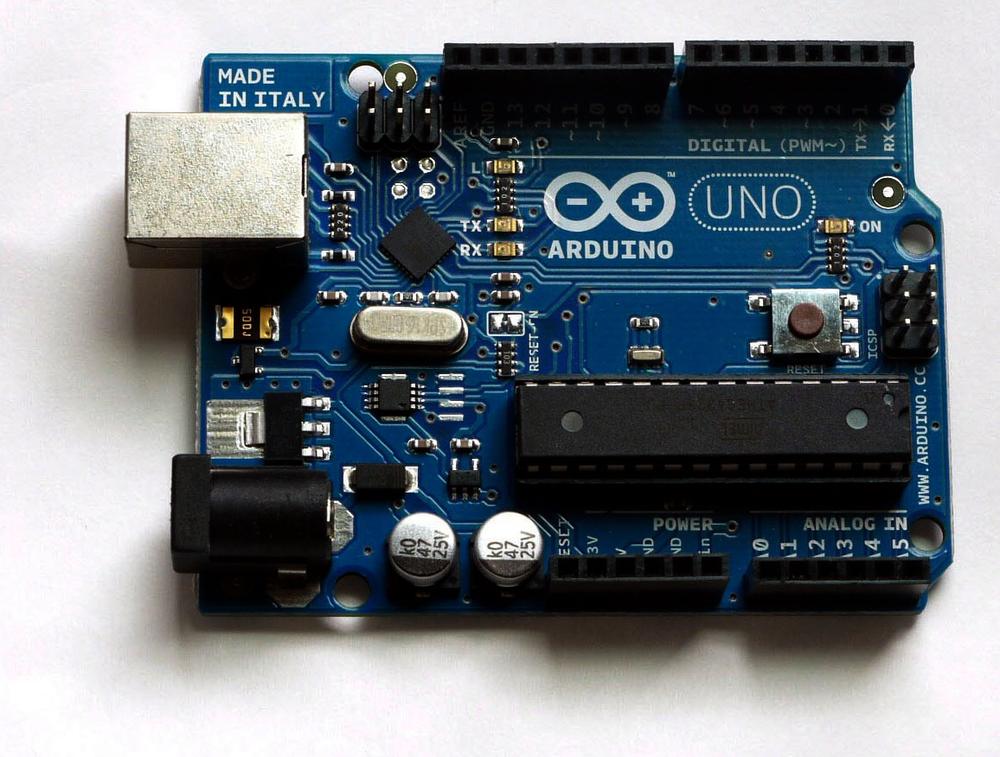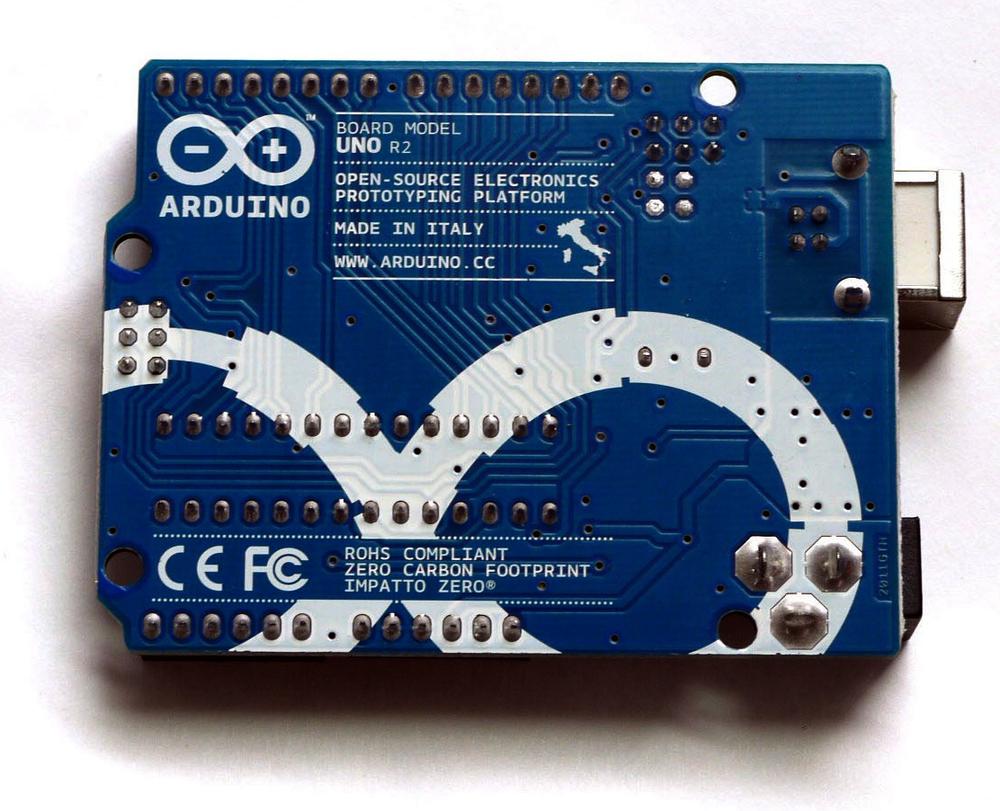If you’re a DIY electronics or Arduino novice, the information in this chapter will help you get the most out of building and programming the gadgets in this book.
If you’re already building your own electronics, consider this chapter a refresher to dip into as needed.
Arduino is best described as a single-board computer that has deliberately been designed to be used by people who are not experts in electronics, engineering, or programming. It is inexpensive, cross-platform (the Arduino software runs on Windows, Mac OS X, and Linux), and easy to program. Both Arduino hardware and software are open source and extensible.
Arduino is also powerful: despite its compact size, it has about as much computing muscle as one of the original navigation computers from the Apollo program, at about 1/35,000 the price.
Programmers, designers, do-it-yourselfers, and artists around the world take advantage of Arduino’s power and simplicity to create all sorts of innovative devices, including interactive sensors, artwork, and toys.
We built each of the products in this book using the Arduino Uno (Figure 1-1 and Figure 1-2), which at this writing (late 2011) is the latest model. By the time you’re reading this, there may be something newer.
It’s not necessary to know Arduino Uno’s technical specifications to build and program the gadgets in this book. But if you’re interested, you can find them at the official Arduino website.
Get Environmental Monitoring with Arduino now with the O’Reilly learning platform.
O’Reilly members experience books, live events, courses curated by job role, and more from O’Reilly and nearly 200 top publishers.



